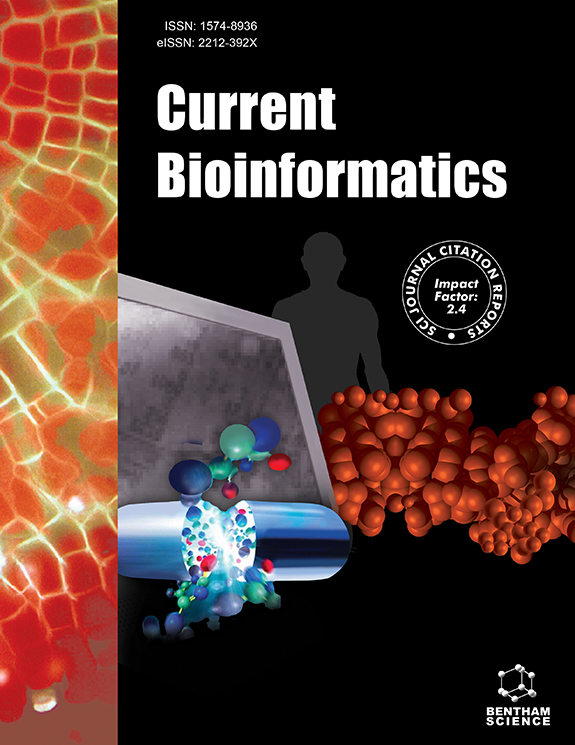
Current Bioinformatics
Indexed in: EI Compendex, Scopus, SCI Expanded
View AllThe journal focuses on advances in computational molecular biology, encompassing such niche areas as DNA/RNA/protein sequence alignment and prediction, genes and multi-source heterogeneous networks reconstruction, 3D genome, and spatial transcriptomics computation. The problems belong to the molecules, and the techniques are involved in artificial intelligence and algorithms. Developments in these fields directly affect key issues related to molecular biology, medicine, development of agricultural products, environmental protection, etc.
Current Bioinformatics is an essential journal for all academic and industrial researchers who want expert knowledge on all major advances in bioinformatics.
Editor-in-Chief:
-
Quan Zou Institute of Fundamental and Frontier Sciences
University of Electronic Science and Technology of China
Chengdu
China
ISSN: 1574-8936 (Print)
eISSN: 2212-392X (Online)



